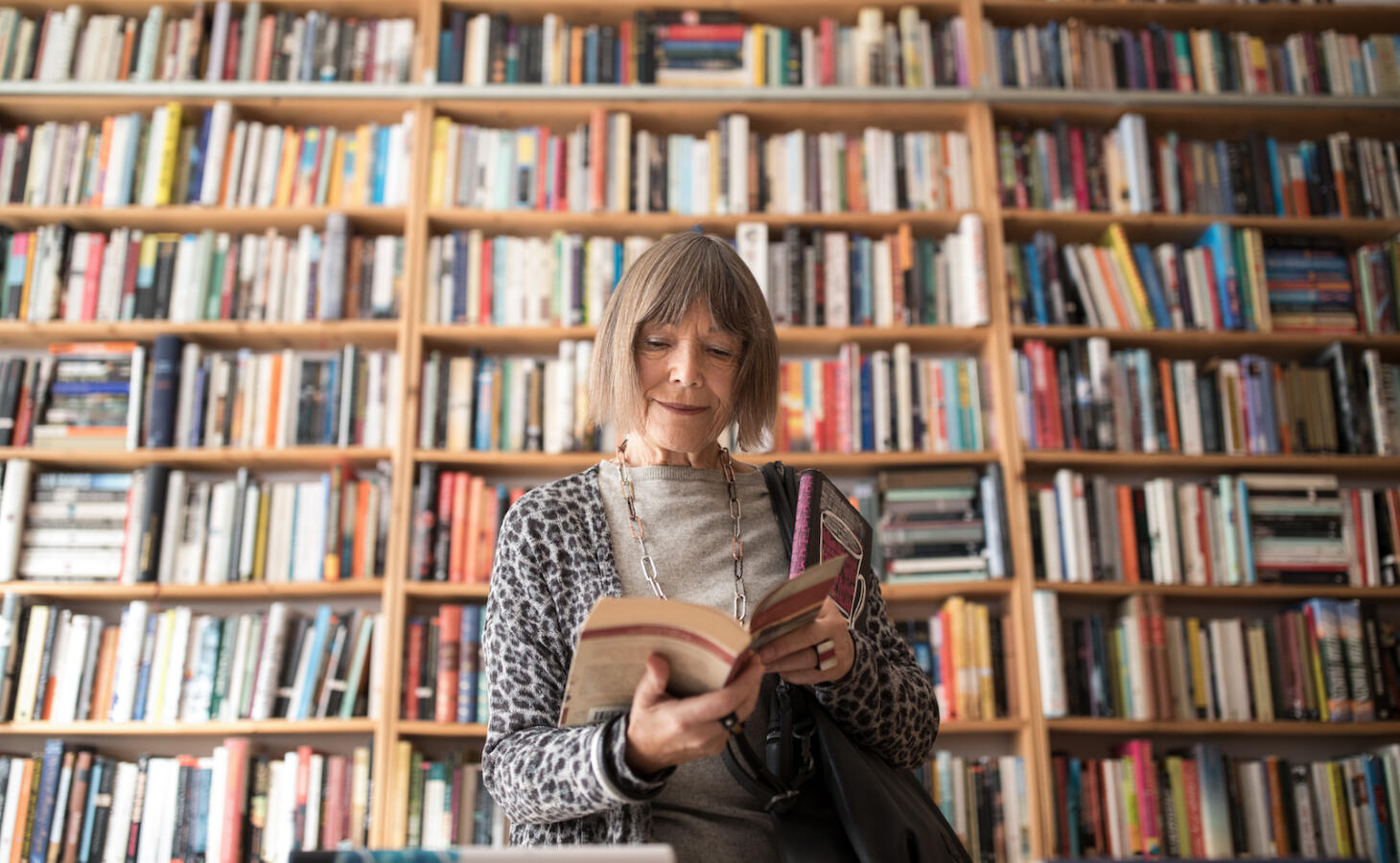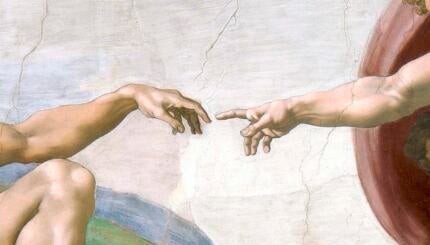From the ages of about five until around I was eleven, my favorite place in the world was the Scholastic Book Fair. For a moment, nothing in the world felt as important as a book. One of my favorites that I bought at the fair was called “Drop Everything, It’s D.E.A.R. Time!” by Ann McGovern with the wonderful illustrations of Anna Divito. The book taught me that you can recreate all of the excitement of a book fair within the routines of your own life.
In the book, D.E.A.R. is an acronym for “drop everything and read.” The book tells the story of young readers who quite literally drop everything and read, each immersing themselves in the celebratory world of books. The book suggests that reading can and should be a celebratory event. You can’t just read when you have time. A real celebration requires ritual and commitment, a time where you are ready to drop everything and read. And that time for me is Shabbat.
That is why I have recently reframed Shabbat as my D.E.A.R. time. A lot has been said of late about unplugging on Shabbat, but that almost feels insufficient. Unplug, sure. But what are we supposed to plug into? I submit that we ought to use Shabbat to plug into books. Books offer an accessible entry point for Jews of all backgrounds to sanctify the Shabbat experience with the world of ideas.
As Jews do, I made this into a bit of a shtick. Every Saturday night, I post to Twitter what I read that Shabbat along with a brief review. Since I began doing this in 2020, I’ve posted books about Shabbtai Sevi, addiction, and Isaac Meyer Wise. There are no specific rules, just a new way to engage with Shabbat.
With your help, My Jewish Learning can provide endless opportunities for learning, connection and discovery.
But I also believe there is a deeper connection between Shabbat and reading. If you pay close attention, the Shabbat liturgy is quite strange. Shabbat is supposed to be a redemptive experience, but over and over again in the Shabbat prayers, we find the theme of destruction.
In Lecha Dodi, the mystical poem we recite on Friday night likening Shabbat to a bride, we lament the destruction of the Temple. During the special Shabbat additions to the Grace After Meals, we ask for comfort from exile and pray for the rebuilding of the Temple. When we recite Kedushah on Shabbat morning, we cry out, “when will God once again reign in Zion?” This seems out of character with the redemptive nature of Shabbat. Why are we talking about the destruction of the Temple on our day of peak joy?
Shabbat, as Rabbi Abraham Joshua Heschel eloquently notes, is our Temple in time. It is the palace we build not with bricks but with minutes. And it is specifically when we occupy this palace in time that we recognize that our palace in space is still absent.
But aside from noting the absence of the Temple, there is another way to connect to the fullness of the redemptive experience on Shabbat. In Guy Maclean Roger’s phenomenal book, For the Freedom of Zion: The Great Revolt of Jews Against Romans, 66-74 CE, a riveting retelling of the story of the destruction of the Temple, the author concludes with a counterintuitive note. After retelling the story of the destruction of the Second Temple, Rogers concludes that the Romans had it all wrong. He writes:
Vespasian and the Romans destroyed God’s sacrificial cult and thought they had defeated the God of Israel. But the emperors were wrong. They had ensured God’s victory … it was rather the sign that God’s bond with his people did not require a Temple.
The destruction of the Temple, however tragic, was a new beginning. It did not destroy the Jewish people as the Romans intended, but changed them from a people whose religious life centered around the sacrificial propitiations of the Temple to one anchored to sacred texts. Our homeland was transformed from a Temple to the Torah. Our homeland became the book itself.
And it is precisely on Shabbat, when we enjoy our redemptive palace in time and reflect on the absence of our palace in space, that we can still catch a glimpse of that full redemptive experience through the simple act of reading. We can’t enter a physical Temple, but we can carry its essence within our homeland of the book. So each Shabbat I immerse myself in a new book, a new Jewish idea, and somehow try to find a way to embody the full experience of redemption. I drop everything and read over Shabbat and experience a taste of redemption — one page at a time.
This article initially appeared in My Jewish Learning’s Shabbat newsletter Recharge on August 6, 2022. To sign up to receive Recharge each week in your inbox, click here.



